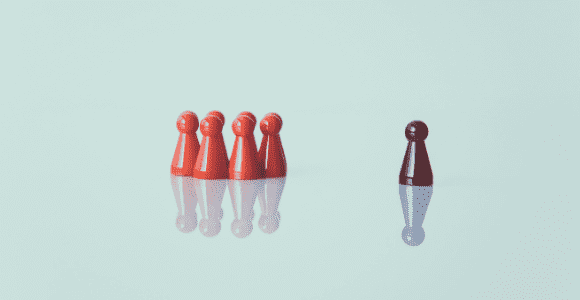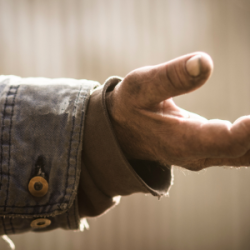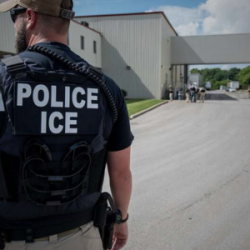Welcome readers! Please subscribe through the buttons on the right if you enjoy this post.
(Read this series from its beginning here.)

Mark’s author wants us to notice the contrast between Jesus and those in places of authority who are responsible for the exclusionary system the community is founded on.
When Jesus sought to liberate the demoniac from being possessed by the community’s evaluation of them, all present begin to contrast Jesus’ authority with the scribes’ authority. Jesus showed everyone that there is another way for human societies to form and function. This is Jesus’s “new teaching.”
What does this have to do with us today?
Again, in this interpretation, demoniacs in Mark’s Jesus story designate not only those whom the community has “cast out” or driven off but also those who have adopted the community’s image of them as their own self-image, thereby producing within themselves a self-destructive self-hatred.
As we see in this story, internalized self-hatred can cause an outcast to view those who attempt to liberate them from their self-hatred as “the enemy.” The man in this story viewed Jesus as an antagonist and the liberation from internalized self-hatred that Jesus offered as adversarial.
I don’t know how many times I have witnessed this:
- People of a different race or from a different place than the majority internalizing and believing that they are “less than” because they are the minority within a larger group
- Women internalizing and genuinely believing they are “less than” men
- Those of less economic status believing they are “less than” those who possess more wealth
- Those who possess less formal or academic training than others while being intelligent and open-minded still believing they are “less than” others who are more formally educated yet domesticated by the status quo
- Transgender people believing they are “less than” others because the world is built for and by cisgender people
- LGBTQ people being afraid to “come out” even to themselves because of hatred bestowed on them by their community of origin, or teachings that say they are “less than,” evil, or even “possessed”
Mark’s Jesus narrative offers a Jesus who has come not to destroy us or who we are but to liberate us from the self-hatred and the internalized low self-estimation our communities of origin have given us because of who we are.
This Jesus has come to liberate us from our own captivity to believing that we are “less than” others simply because we may be different from those at the top of the privilege structures in our society.
The Jesus story is whispering to us that:
- We were all made in the image of God.
- We are all children of the same Divine Parents.
- There is room at the Table for us all.
- There is a place in Jesus’s new world for us all.
The person Jesus healed that day was restored to the community instead of cast out, and this restoration pushed the community into reassessment. When Jesus heals, the community and its way of living cannot stay unchanged. No, the man’s restoration causes the community to reevaluate and consider the contrast between Jesus’ inclusion and exclusion from those in power in their community. Not only was the individual liberated but the congregation was too.
Maybe the world can operate by continuing to find people to expel. But I don’t want to live in a world like that. Instead of driving the demoniac he met away, Jesus delivered him from self-hatred, restored him to his rightful place, and also created change within the community that had sought to expel him in the first place.
Jesus announced that a different iteration of our world was possible!
And this was just the beginning of Mark’s stories about Jesus.













